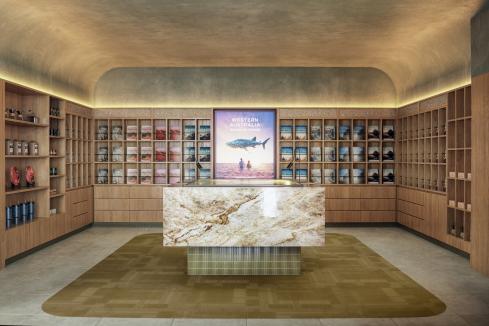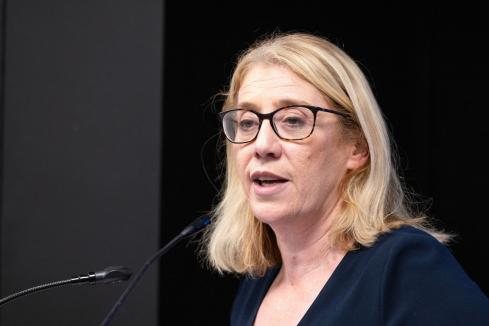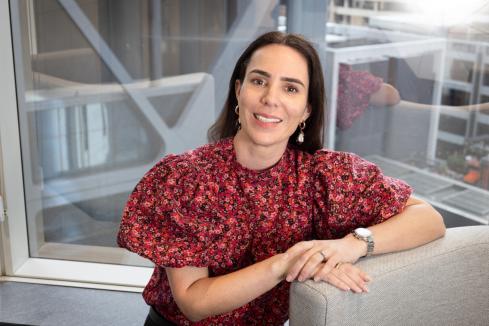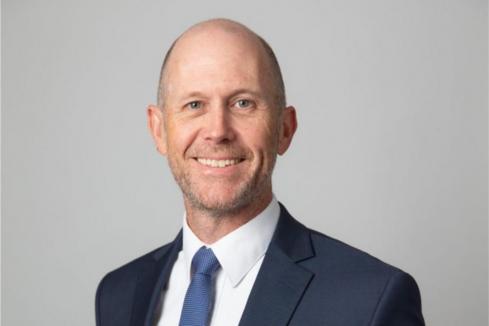Accessibility and funding are two issues that have compromised the ability of WA’s Aboriginal tourism sector to satisfy unmet visitor demand.

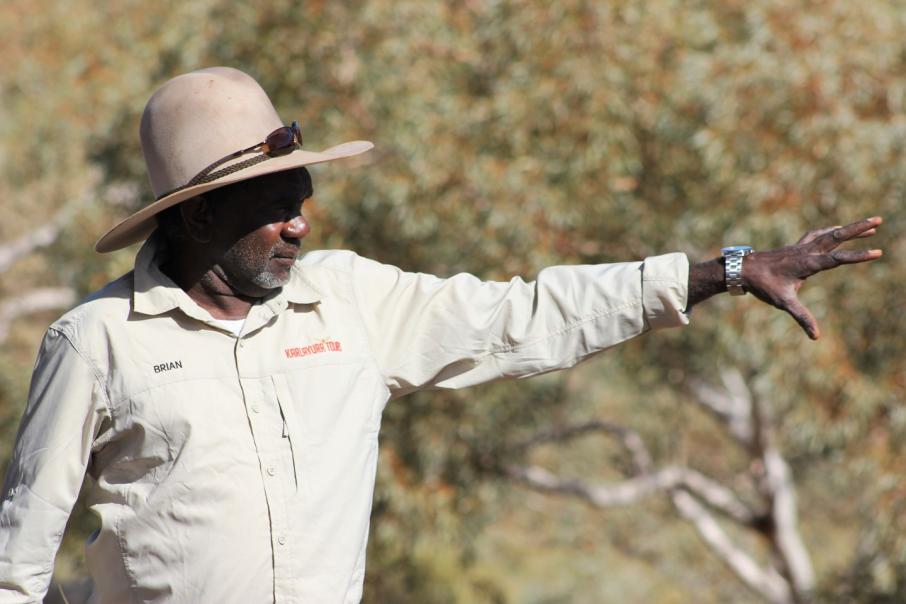
Accessibility and funding are two issues that have compromised the ability of WA’s Aboriginal tourism sector to satisfy unmet visitor demand.
Western Australia is home to one of the oldest surviving cultures in the world, yet less than a quarter of visitors to the state are leaving with an Aboriginal cultural experience.
In 2015-16, despite 78 per cent of visitors expressing interest in engaging with an Aboriginal tourism experience, only 24 per cent said they actually had the opportunity to do so, according to Tourism WA.
Tourism WA executive director destination development, Derryn Belford, said the geographical spread of Aboriginal experiences on offer was one reason for the current discrepancy between availability and demand.
“One challenge is making sure the Aboriginal tourism product is in the places people actually go,” Ms Belford told Business News.
“There’s more Aboriginal tourism product in the Kimberley but there are more visitors in the South West, where there’s not a lot of product.
“On top of that you’ve got Perth; some visitors don’t even travel to regional WA.
“The other element is that not every group wants to share their culture and you have to want to be in tourism working 24-7.”
Ms Belford said recent Royalties for Regions support had provided funding pools that went beyond previous Aboriginal tourism strategies.
She said this had enabled Tourism WA to target strategies focused on improving and building on the sector’s capabilities, its commerciality and accessibility.
“It is all well and good to say to a community ‘we’ll give you the advice to build something’, but you need money,” Ms Belford said.
“Most tourism product is small business and it is hard work.
“Our goal is to move businesses from an emerging idea to market and export-ready.”
Growth
In 2015, Tourism WA partnered with the Western Australian Aboriginal Tourism Operators Council (WAITOC), the state’s peak indigenous tourism association, to deliver a four-year Aboriginal Tourism Development Program in order to promote and develop the sector.
Part of the program includes measuring the value of the sector, as a lack of extensive research had made it difficult to demonstrate a return on investment.
Backed by $4.6 million in Royalties for Regions funding, the program has enabled WAITOC to deliver one-on-one mentoring and business development to 17 emerging businesses across the Kimberley and the state’s southern regions.
WAITOC chief executive Robert Taylor said about 70 per cent of an estimated 130 WA operators were in the Kimberley, with the remainder sparsely spread throughout the rest of the state.
He said the number of operators in the south had more than doubled to 10 during the past two years of the program, with new businesses emerging in Bunbury, Albany and Denmark.
“A lot of operators have entered tourism not understanding the whole infrastructure of it,” Mr Taylor told Business News.
“An emerging business wouldn’t understand how to get international interest, or that they have to pay commission on a booking; so the product development is about training them in all areas.
“We want to help them connect to the right markets.”
In 2017, WAITOC will also run a $55,000 mentoring program for several Perth-based operators, which it has funded alongside Tourism WA and the City of Perth.
“Perth is the gateway to WA and has been a region without funding,” Mr Taylor said.
“Hopefully we can get something happening here so that when you land in Perth you know you are in Wadjup country.”
He said encouraging growth among Perth-based operators could also complement the new Yagan Square city precinct, which is due to open at the end of this year.
Named after the prominent Noongar leader Yagan, it will include a space to showcase Aboriginal cultural and educational events.
Tourism WA has also considered establishing commercial camping grounds with willing communities on Aboriginal lands as part of its near-$2 million Camping with Custodians initiative, with three sites currently under development.
In 2016, it opened a ground at Imintji, an Aboriginal community located on the Gibb River Road, which Ms Belford said had an existing art gallery, community store and fuel station, but no accommodation offering until Camping with Custodians came along.
Almost 1,000 people stayed at the Imintji ground last year, generating sales of $280,000 in fuel and $11,000 in artwork.
“It’s building an economic base for that particular community,” Ms Belford said.
“And it enables Aboriginal people to stay on country, it generates income and jobs (other than mining), and encourages young children to learn and share culture.”
Opportunity
Aboriginal businessman Brian Tucker is also a traditional loreman in the Nyiyaparli and Banyjima country (located in the Pilbara region), and director of Karlayura Group, an Aboriginal-owned profit-for-purpose business that invests back into the local community.
Since 2011, it has specialised in civil construction and mining services, providing employment opportunities for local Aboriginal people.
In April, it will launch a new arm of the business – Karlayura Tours – following a successful pilot run of its culturally appropriate, community-approved tours in the Pilbara last year.
“I saw the opportunity in diversifying and tourism was the first option for me because I love my culture,” Mr Tucker said.
“Telling stories and singing songs are how we do our cultural learning and teaching from elders to continue carrying it (culture) on.
“I want the young people to learn about stories, song and country, and the names of special places and creeks, and a way to do that is through tourism.”
Karlayura general manager Paul Gatopulosz said the vision was to replicate in tourism what the group had achieved in mining and hospitality – to broaden the employment opportunities in an area surrounded by resources companies.
“We create, procure and find business opportunities purely for Aboriginal people and Aboriginal-owned businesses,” Mr Gatopulosz told Business News.
“We also formed Karlayura Training; we wanted to create an entity that would encourage the education and training of predominantly young Aboriginal people.
“Our intent is to get to a level where they can basically run their own business; even if that’s just one vehicle that they lease to us for tours, it enables them to start in business.”
Mr Tucker will also help deliver corroboree performances at the Karijini Experience in April, a multi-platform annual event that showcases culture from 18 different Aboriginal language groups.
The event is run by the not-for-profit Nintirri Centre, and has grown from 75 attendees when it started in 2013 to more than 700 last year. Up to 1,000 people are expected to attend this year.
Chief executive James Jarvis said there had been an increase in tourists in the area during the past five years, but the business community was geared toward providing support services for the mining industry.
“New, emerging Aboriginal entrepreneurs can test their product at the Karijini Experience,” Mr Jarvis told Business News.
“We provide the scaffolding. April is the beginning of the tourism season in Karijini and if their product is successful there then they have the opportunity to work with the park on a sustainable basis.”
Mr Jarvis said Aboriginal people’s connection to country, paired with valuable cultural capital, meant they were well positioned to operate in the market.
“There are elements of culture that can be commercialised,” he said
“It becomes a choice for Aboriginal people to then work out how they might monetise some of that.”
The Karijini Experience runs from the 11th to the 15th of April and showcases over 30 events. Tickets can be purchased from the Karijini Experience website.







